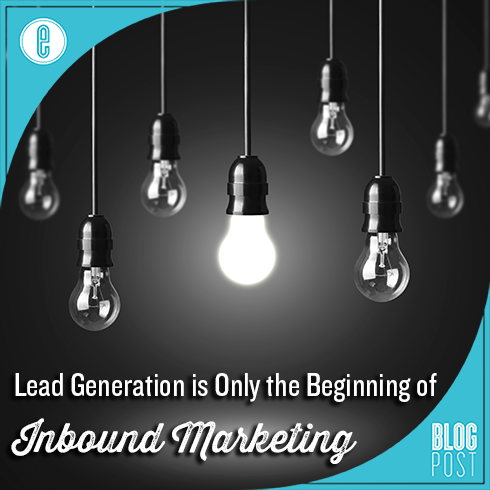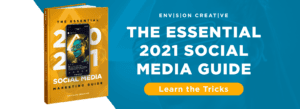The concept of Inbound Marketing has spread rapidly as an increasing number of companies recognize the value and cost benefits of generating leads by driving the audience to their website. Not surprisingly, the focus is on lead generation. In a recent survey, 60 percent of marketers reported that generating leads is the single most important goal of their web strategy.
As a result, the internet is full of tutorials on the best strategies and tactics to generate leads, but there is more to inbound marketing than that. It’s important to remember that the process should not stop once new leads are in the database.
Follow Up
If you’re following inbound marketing best practices, chances are a good number of your leads give you their information to receive something valuable (often whitepapers, eBooks, or other content) in return. Your goal should be to go beyond their expectations, not in giving them more content, but giving them more ways to access that content.
A link to download your whitepaper should appear on the redirect page following your form, but you may want to send an email with that same link as well. With custom targeting methods now available on Twitter and Facebook, you can even follow up with the content on social media with specific ads. The more options your leads have to get the content, the more satisfied they will be with giving you their information.
Funnel Your Leads
Generating leads is important – but those leads will be worthless if they never buy your product. To combat those “dangling leads,” you should have a strategy in place that guides them down the sales funnel all the way to becoming customers. Once they’ve given you their information, follow up with other, relevant content and products they may be interested in.
The inbound marketing software platform, HubSpot, has categorized three stages in the sales funnel. At the top, you should offer general solutions to an audience looking to solve a need or problem. Once they’ve become leads, you can begin to educate them “why your products or services are the best choice” to solve their problem. Finally, leads at the bottom of the funnel should be approached with specific offers such as trial versions of your product.
Expand Your Content Range
The more specific and enticing your offer, the more willing a lead will be to give you more detailed information about themselves. Make sure to create remarkable content at every stage of the sales funnel.
While a lead who is just looking for an eBook on gardening may only be willing to give up their name and email, an almost-customer who wants to sign up for a free trial of gardening magazines will likely share their address, and probably even more information like the size of their yard and the kind of gardening tools they use.
That information, once fed into your database, gives you valuable data on the nature of your customers and their behavior. That data, in turn, can be used to adjust your lead generation strategy to target more accurately. That’s how the inbound marketing cycle closes. By focusing on not just lead generation, but guiding leads through the sales funnel, your lead generation strategy actually increases in effectiveness.
-FINAL(01-00)-White&Blue-01.svg)





